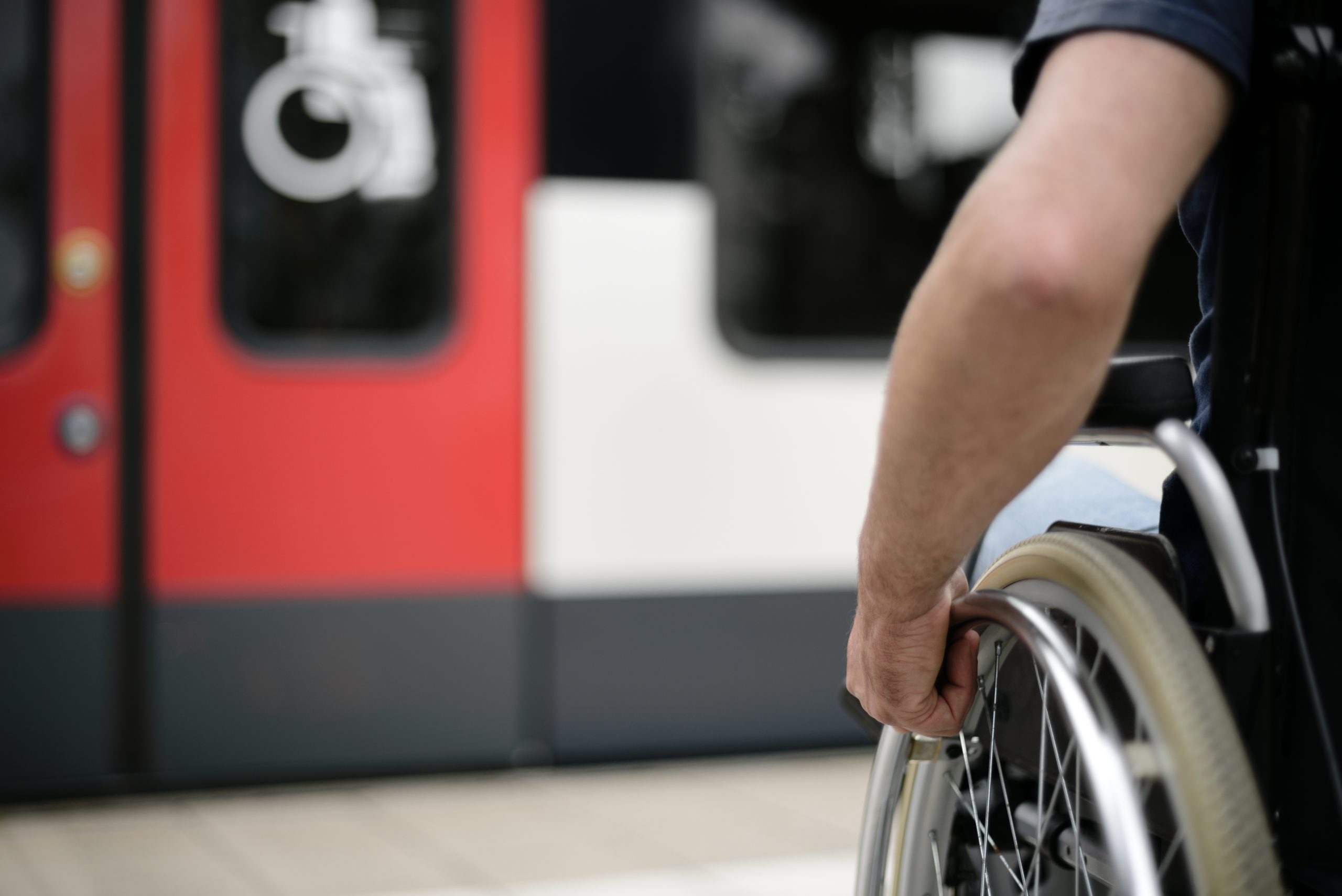Our response to the Department for Transport’s “Inclusive Mobility Guide to Best Practice on Access to Pedestrian and Transport Infrastructure”

Innovate UK KTN is pleased to see the recent publication of the Department for Transport’s “Inclusive Mobility Guide to Best Practice on Access to Pedestrian and Transport Infrastructure”.
As outlined in this guide, “creating and maintaining an accessible public realm is crucial for ensuring that disabled people are not excluded from playing a full role in society”.
The focus of the guide looks at environmental and infrastructure features as barriers, and how these barriers can be effectively removed to enable inclusion and equal access. This includes long-term disabilities and temporary mobility needs, as well as non-disabled people who may have access needs; for example, those travelling with young children, or people with luggage.
Innovate UK KTN is now keen to see how this guidance translates to action in the space; and how we can effectively and proactively support implementation of this guidance at a basic level, but also within innovation. Our transport team is dedicated to supporting accessible and inclusive mobility and has assisted a number of innovations and innovators in this space, including within Future Flight for aviation, within rail through the First of a Kind competitions and in electric vehicle charging alongside Motability and the Research Institute for Disabled Consumers.
In order to progress this agenda most effectively, funding and other support through policy and organisations for innovation in this space will be key; enabling the best and most cost-effective projects and inventions to be implemented within transport and public infrastructure.
Our transport team is also focussed on less-visible and non-visible disabilities and mental health needs within the space. Whilst this guide references better design and physically inclusive spaces as more accessible for all, future development should focus on inclusion in the widest sense. How can we make environments calmer and more relaxing spaces to occupy? This can include use of colours, sound considerations, wayfinding through design, and particularly use of natural elements and spaces including plants and incorporation of nature in design. Incorporation of nature, in particular, is crucial not only for calmer and pleasanter spaces, but also the wider sustainability, biodiversity and health agenda.
Inclusion beyond disability should also be a clear focus now and into the future; making spaces safer for women, members of the LGBT+ community, members of ethnic minority communities and more all come under the need for better inclusion. This may encompass planning and timetabling of services themselves, but also the safety of spaces and environments, availability of support, community work and education and beyond.
Contact us
To discuss accessible and inclusive mobility within transport and innovation, contact Daisy Chapman-Chamberlain, our Knowledge Transfer Manager – Rail, on daisy.chamberlain@iuk.ktn-uk.org.
Read more
Download the Inclusive Mobility Guide to Best Practice on Access to Pedestrian and Transport Infrastructure here.

